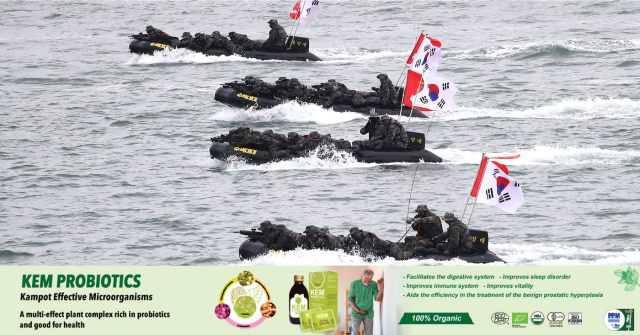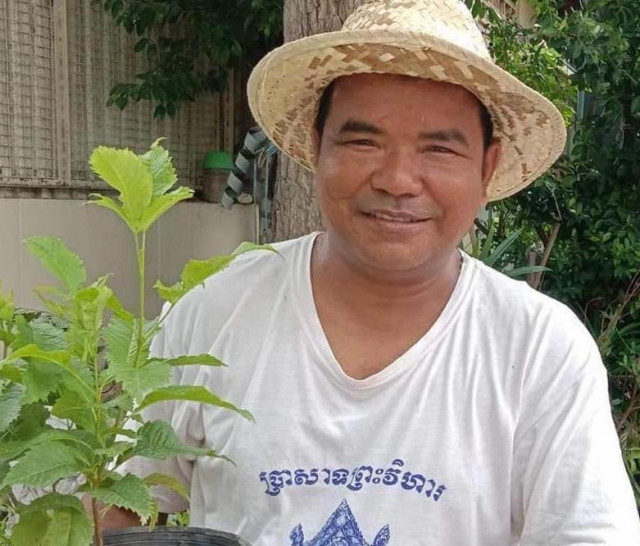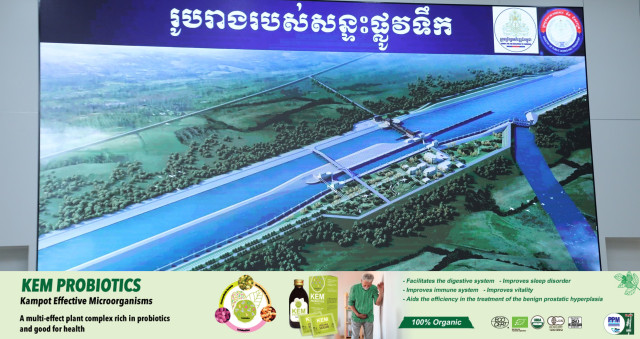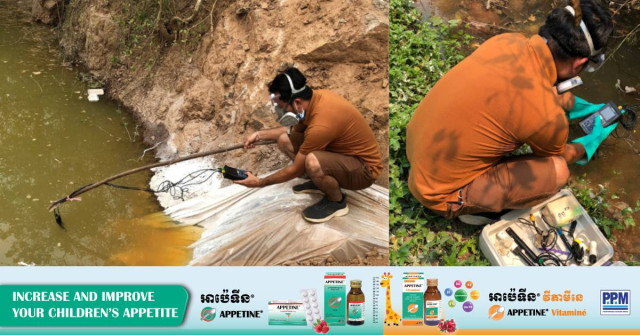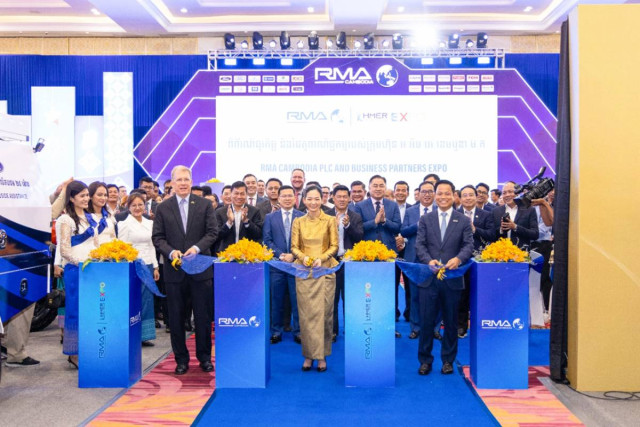Vietnam Withdraw Troops Two Years Before Paris Peace Accords: PM
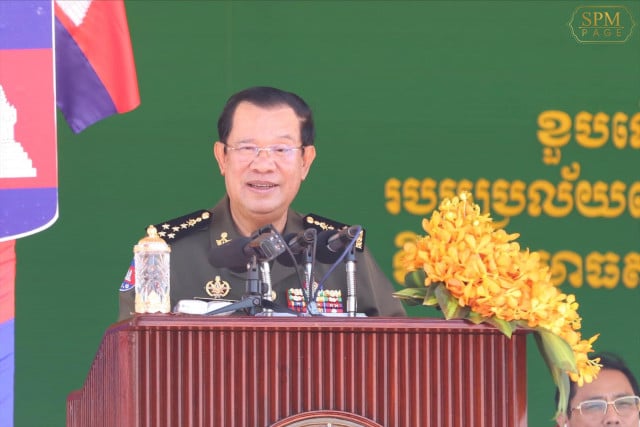
- By Teng Yalirozy
- June 21, 2022 4:11 PM
Started in April 1989, the troop withdrawal ended in September the same year, but analysts still consider credible a Vietnamese army presence until 1991
PHNOM PENH – Vietnam withdrew its troops completely from Cambodia two years before the Paris Peace Accords were signed in 1991, PM Hun Sen said, urging the public to not be misunderstood by this historical event.
“Vietnam has not withdrawn its troops after the Paris Agreement. I want to clarify this point. Vietnam completely withdrew from Cambodia on September 30, 1989, more than two years before the Paris Peace Accords,” Hun Sen said on June 20, during the 45th anniversary of Journey to Overthrow the Genocidal Regime held in Tboung Khmum province.
This event commemorated his own escape from the Khmer Rouge forces in 1977, and his way out to Vietnam. He then came back to Cambodia along with the Vietnamese army in 1979.
Hun Sen said the withdrawal of Vietnamese troops offered Cambodia the opportunity to mediate its internal affairs through the participation of local stakeholders, including permanent members of the Security Council, to later achieve the Paris Peace Agreement.
This international accord, signed on Oct. 23, 1991, marks the official end of the civil war in Cambodia and the termination of the Vietnamese occupation of Cambodia, which started in 1979.
“That is a historical point that we should be reminded of. Some say that because of the Paris Agreement, Vietnam withdrew troops. This claim is different from the actual situation in Cambodia,” he said.
Vandy Kaonn, a Khmer history and literature analyst, said that in 1989, the Soviet Union and China ended the Sino-Soviet border conflict that started in 1959. It gave China the opportunity to support Cambodia in its will to achieve peace and rebuild the country.
To do so, it implied ensuring diplomatic support to help Cambodia reach a political agreement to build peace in the country, especially with Pol Pot’s forces.
But the Khmer Rouge did not follow orders from Phnom Penh and Hanoi, who urged them to lay down their weapons. Therefore, Vietnam decided to withdraw its own troops from Cambodia on April 5, 1989, to let opposite political factions reconcile in the kingdom, Kaonn said.
Nevertheless, it is unclear whether every Vietnamese soldier actually left the country between 1989 and the day the Paris Peace Agreement was signed in 1991, said political analyst Meas Ny, adding that there could still be some soldiers in plain clothes scattered across Cambodia.
“It is normal that the troops from other countries came into the other countries,” he said.
He went on to say that it is nothing strange that Hun Sen raised this historical point during the commemoration of his escape to Vietnam. Political leaders commonly use past events to set effective national narratives. It is undeniable that China was behind and supported the Khmer Rouge Regime, Ny said, adding that it is a fact known by the public.
On May 2, 1989, France held a conference in Paris to lay the foundation of future peace talks. The Paris Peace Agreements, which proposed a comprehensive political settlement aiming at ending the “tragic conflict and continuing bloodshed in Cambodia”, were then signed on October 23, 1991, by 19 states.
The Khmer Rouge still controlled portions of the country and warfare was still going on when the Agreements were signed. The Agreements outlined not only the steps to stop the conflict, but also the steps to establishing a just and democratic Cambodia based on the respect of human rights and the rule of law.
Hun Sen drafted the Win-Win policy between 1996 and 1998, which helped end the civil war in Cambodia by joining all political factions altogether. He said that two goals after establishing the policy are to turn the former battlefields into developing areas and create peace alongside the borders with other countries.






